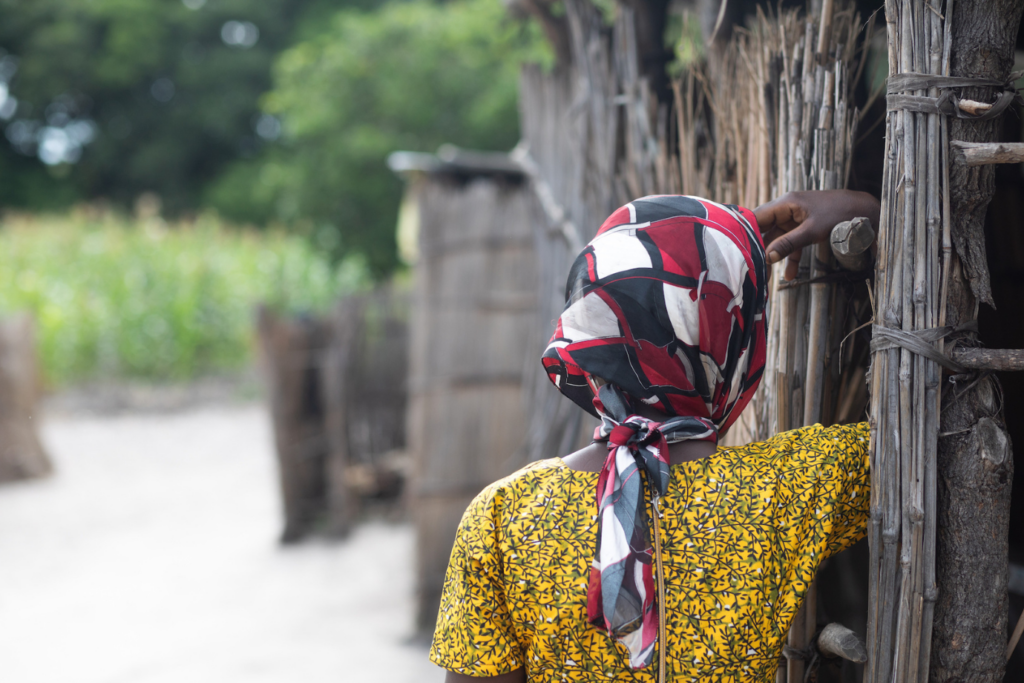On Australia’s doorstep and beyond, women around the globe are facing a barrage of crises, on a scale that feels unprecedented. Armed conflicts are killing tens of thousands – mostly women and children – and leading to horrific levels of sexual violence, famine and disease. Relentless climate disasters like cyclones and floods are devastating women’s livelihoods and lives, with women and children 14 times more likely to die in a climate disaster.
Yet despite the desperate need of women around the world right now, the government’s federal budget revealed Australia’s international aid is flatlining at 0.68 per cent of the federal budget and is projected to fall to 0.65 per cent in the coming years. It’s a huge dive from when Australia’s international aid peaked at 1.28 per cent across the Howard, Rudd, and Gillard governments.
In this moment of compounding global crises, Australia needs to step up and restore spending at least one per cent of the federal budget on international aid, with a strong focus on advancing gender equality and climate action. As a rich country, it’s the right thing to do. And it will have a real impact on the lives of millions of women around the world.
We’ve seen recently what happens when aid budgets are slashed. President Trump’s abrupt suspension of USAID last month has left millions of women and girls without support.
In Zambia, USAID funding supported one of ActionAid’s programs in remote fishing camps that combats exploitation of women who are forced to exchange sex for cheaper fish. Climate change has driven more women into the fishing business in search of income because of prolonged drought and failed crops. But for many women this becomes a cycle of abuse and coercion as this ‘sex-for-fish’ practice has become increasingly common. When USAID was cut, our colleagues were forced to shut down a critical program that protected women from this exploitation and abuse.
In Uganda, ActionAid was the largest provider of shelters for women experiencing violence – and now some of these shelters have no choice but to close or reduce operations. In Afghanistan, where women face gender apartheid and 14.8 million people are going hungry every day, urgent food relief and long-term programs have been shut down. People will starve.
And in the Pacific, some of our work supporting women’s rights organisations to respond to increased climate disasters like cyclones has been suspended.
Alongside the US, we’re seeing countries like the UK, Germany, France, and Canada slash aid budgets. Analysts are predicting at least a 25 per cent decrease in global aid by 2027, compared to 2023 levels. This funding is critical to support communities bearing the brunt of conflict and climate disasters, particularly women and girls who are being impacted the most. It’s no wonder the UN says that at the rate we’re going, it may take close to 300 years to achieve full gender equality.
The good news is that Australia has not yet followed this disastrous global trend of cutting aid. It’s worth acknowledging that this week’s budget shows our government is holding the line in a tough global context. The Australian Government’s International Development Policy and newly released International Gender Equality Strategy demonstrates Australia’s commitment to rebuilding the aid budget and supporting global gender equality.
It’s now time to put words into action. Whoever forms government following the impending federal election must increase Australia’s spending on international aid, to support women around the world on the frontlines of armed conflict and climate disasters.
For a wealthy country like Australia, spending one per cent on international aid is not much to ask. It still allows us to spend 99 per cent on important priorities at home like housing, health, and education. But it makes a huge difference to women around the world who are struggling to survive and thrive in the face of injustice.

